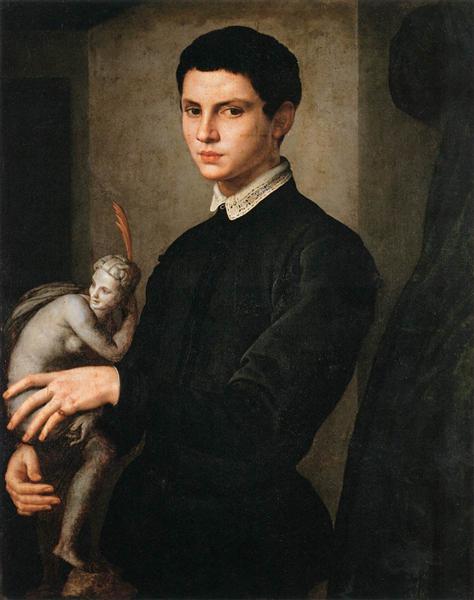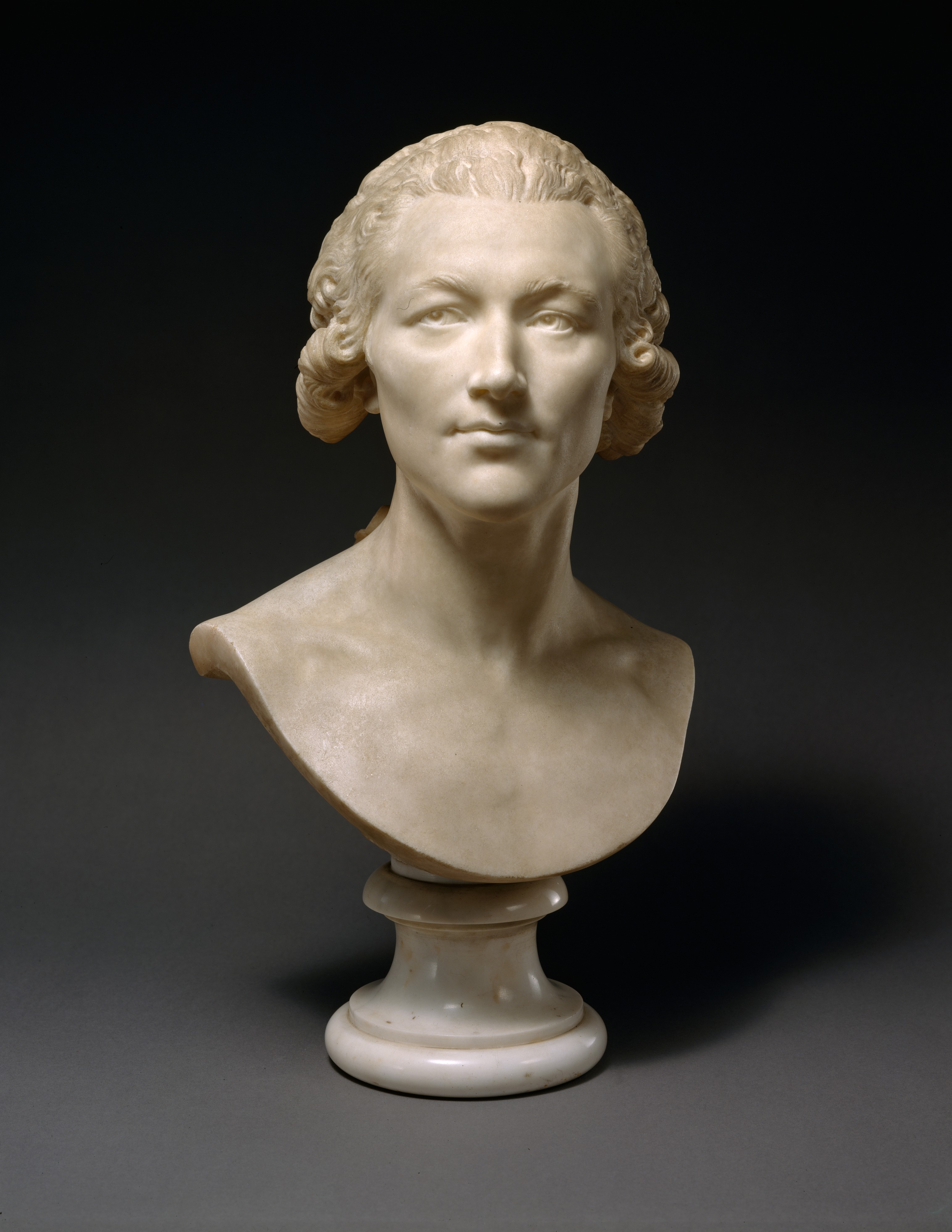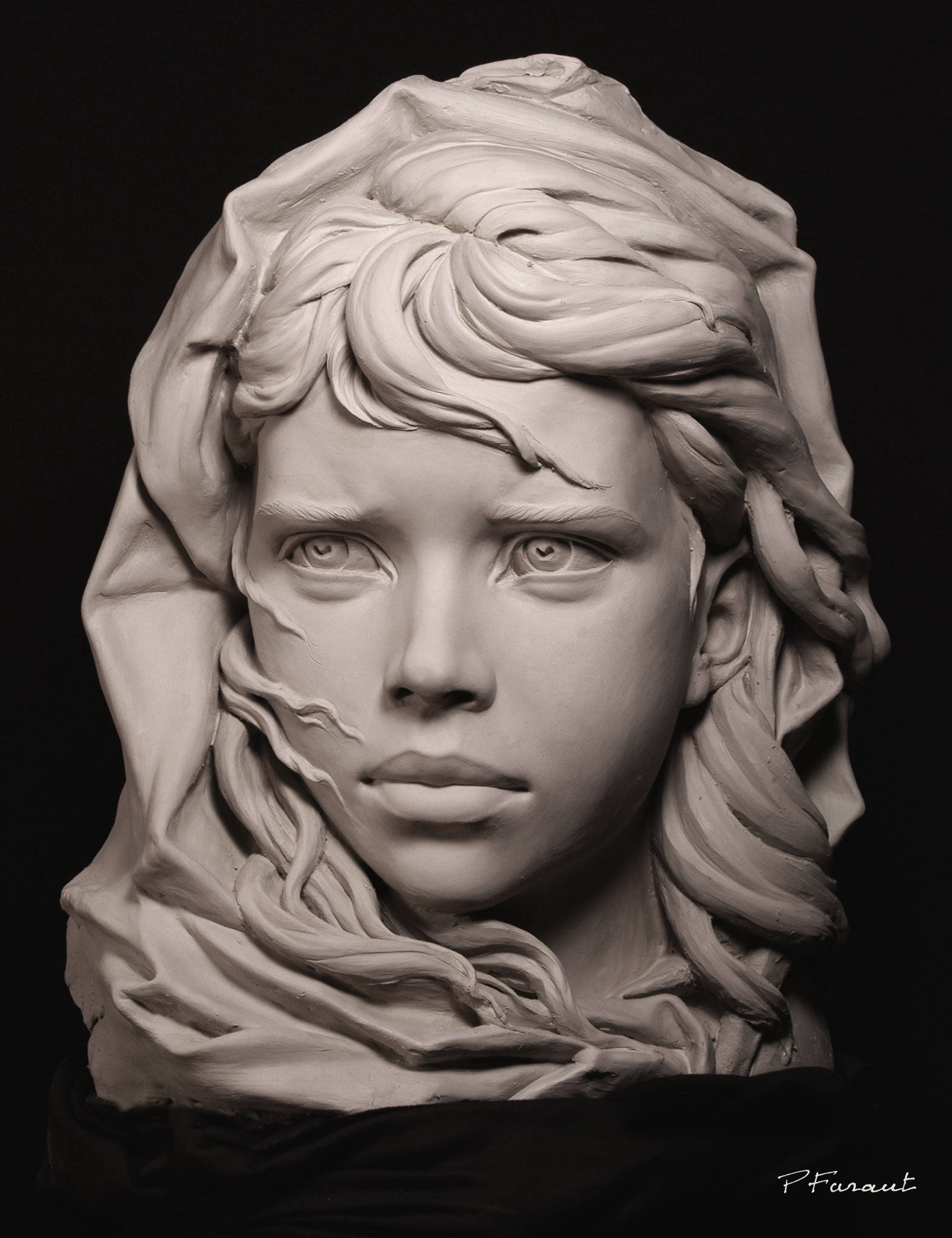Everlasting Elegance in Bronze: Unveiling the Art of Bronze Sculptures
Wiki Article
The Development of Sculptures: From Old to Modern
The Development of Sculptures: From Old to Modern. Robert C Hitchcock Sculptor.Sculpture, among the oldest types of art, has been an important part of human world for centuries. From the ancient people of Egypt and Greece to the modern-day era, sculptures have actually advanced, reflecting modifications in artistic methods, products, and cultural impacts. This trip through time traces the growth of sculptures, exploring the changes in style, subject matter, and imaginative expression.
Beginning with the ancient world, sculptures crafted from rock and later on bronze captured the essence of divine beings, leaders, and day-to-day life. The Renaissance period experienced a resurgence of classic sculpting methods, as musicians looked for to emulate the stylish types of old Greek and Roman sculptures (Robert C Hitchcock Sculptor). In the contemporary period, artists tested typical limits, embracing abstraction and trial and error with brand-new materials
This expedition will explore the varied development of sculptures, revealing the abundant tapestry of artistic expression throughout different durations and cultures.

Ancient Sculptures: From Stone to Bronze
Ancient sculptures transitioned from being sculpted out of stone to being cast in bronze. Stone sculptures, while impressive in their very own right, were limited by the nature of the product. Bronze Sculptures.The intro of bronze as a medium for sculptures brought about a revolution in creative expression. Bronze supplied sculptors the chance to create complex and natural kinds that were not possible with stone. The procedure of casting bronze permitted the creation of multiple duplicates of a sculpture, enabling larger circulation and preservation of these imaginative work of arts.
The shift from stone to bronze additionally saw a shift in the topic of sculptures. While rock sculptures mainly illustrated gods, goddesses, and mythological figures, bronze sculptures began to reflect a wider variety of subjects, including everyday individuals and pets. This development of topic showcased the convenience and flexibility of the bronze tool.
Renaissance Resurgence: Shaping in the Classic Style
The Renaissance revival of sculpture observed a resurgence in the timeless design, building upon the innovations made throughout the shift from stone to bronze in old sculptures. Throughout this period, artists looked for to recreate the classic visual and suitables of charm that were common in ancient Greek and Roman sculptures.Among the crucial qualities of the Renaissance revival was the focus on naturalism and the human kind. Sculptors like Donatello and Michelangelo aim to capture the physiological information and expressions of their topics with unmatched precision. They studied the human body and included their monitorings into their sculptures, leading to reasonable and lifelike representations.
Another crucial facet of the Renaissance revival was the exploration of point of view and deepness. Artists utilized methods such as contrapposto, where the weight of the body is moved to one side, creating a feeling of activity and dynamism. They additionally explore various materials, including marble and bronze, to achieve a level of class and ins and out in their sculptures.

Innovation and the Avant-Garde: Damaging Typical Limits
Throughout the Innovation and Avant-Garde activities, carvers pressed the limits of typical artistic conventions. This duration, which arised in the late 19th and early 20th centuries, saw a significant shift in the means musicians came close to sculpture. Turning down the notion of art as simple replica, modernist sculptors looked for to discover new types, products, and principles.
Among the key characteristics of modernist sculpture was the emphasis on abstraction. Sculptors moved far from practical representations and instead concentrated on capturing the essence of the subject via streamlined forms and geometric shapes. This departure from traditional depiction allowed artists to share their emotions and concepts in a much more subjective and individual way.

Contemporary Sculptures: Discovering New Products and Concepts
With a concentrate on discovering new materials and ideas, modern sculptures have actually revolutionized the field of art. Artists today are pushing the limits of standard sculpture by making use of innovative materials and experimenting with abstract ideas. These sculptures test standard ideas of definition, materiality, and form, inviting customers to take part in a brand-new and provocative artistic experience.Contemporary sculptors are embracing a vast array of products, consisting of plastic, glass, steel, and also raw material. They are not limited to the traditional medium of rock or clay, enabling better freedom of speech and experimentation. This shift towards non-traditional materials has opened brand-new possibilities for artists to create sculptures that are vibrant, interactive, and aesthetically striking.
In addition to exploring new materials, contemporary sculptures also look into complicated and abstract ideas. Artists are currently checking out themes such as identity, social concerns, and the setting, making use of sculpture as an effective medium for social discourse and self-questioning. These sculptures test visitors to believe critically and engage with art on a much deeper level, triggering discussions and prompting emotional feedbacks.
Worldwide Impacts: Sculptural Customs From Around the World
Sculptural customs from various areas of the globe have actually significantly shaped the advancement of sculptures throughout history. The worldwide influences on sculpture have actually varied and have added to the splendor and range of imaginative expressions. From the ancient human beings of Egypt, Greece, and Rome to the elaborate carvings of Eastern societies, each area has created its distinct sculptural practices that have actually affected artists across time.In ancient Egypt, sculptures were created mainly for religious and funerary objectives. The legendary sculptures of gods and pharaohs, such as the Great Sphinx and the bust of Queen Nefertiti, showcase the Egyptians' proficiency of stone carving and their belief in the afterlife.

In old Rome, sculpture served both creative and political purposes. Roman sculptures commonly portrayed emperors, generals, and mythological numbers, showing the power and grandeur of the empire. The marble statue of Augustus of Prima Porta and the monumental Arch of Constantine are noteworthy instances of Roman sculptural success.
Asian sculptural practices, specifically in India, China, and Japan, have also had an extensive influence on the evolution of sculptures. Indian sculptures, such as the elaborately carved temples of Khajuraho and the gigantic statues of Buddha, exhibit an abundant combination of religious, mythological, and building elements. Chinese sculptures, defined by their great craftsmanship and interest to detail, frequently depict deities, pets, and epic figures. Japanese sculptures, affected by Buddhism, emphasize simplicity and peace, seen in the tranquil statuaries of Buddha and the classy art of bonsai.
The global influences on sculpture proceed to evolve in the contemporary period. As we look to the future, it is specific that the global influences on sculpture will proceed to form and redefine this ancient art type.
Verdict
In conclusion, the development of sculptures has actually seen a change from old stone and bronze works to the timeless revival throughout the Renaissance. Today, contemporary sculptures check out new materials and ideas, while additionally attracting ideas from international sculptural customs.From the ancient civilizations of Egypt and Greece to the modern-day age, sculptures have actually advanced, showing changes in artistic techniques, materials, and social influences.Beginning with the old world, sculptures crafted from stone and later bronze captured the essence of divine beings, leaders, and everyday life.Old sculptures transitioned from being carved out of rock to being cast in bronze. While stone sculptures predominantly depicted gods, sirens, and mythological numbers, bronze sculptures started to reflect a wider variety of subjects, consisting of everyday people and pets.In verdict, the evolution of sculptures has actually seen a change from old stone and bronze functions to the classical resurgence during the Renaissance.
Report this wiki page